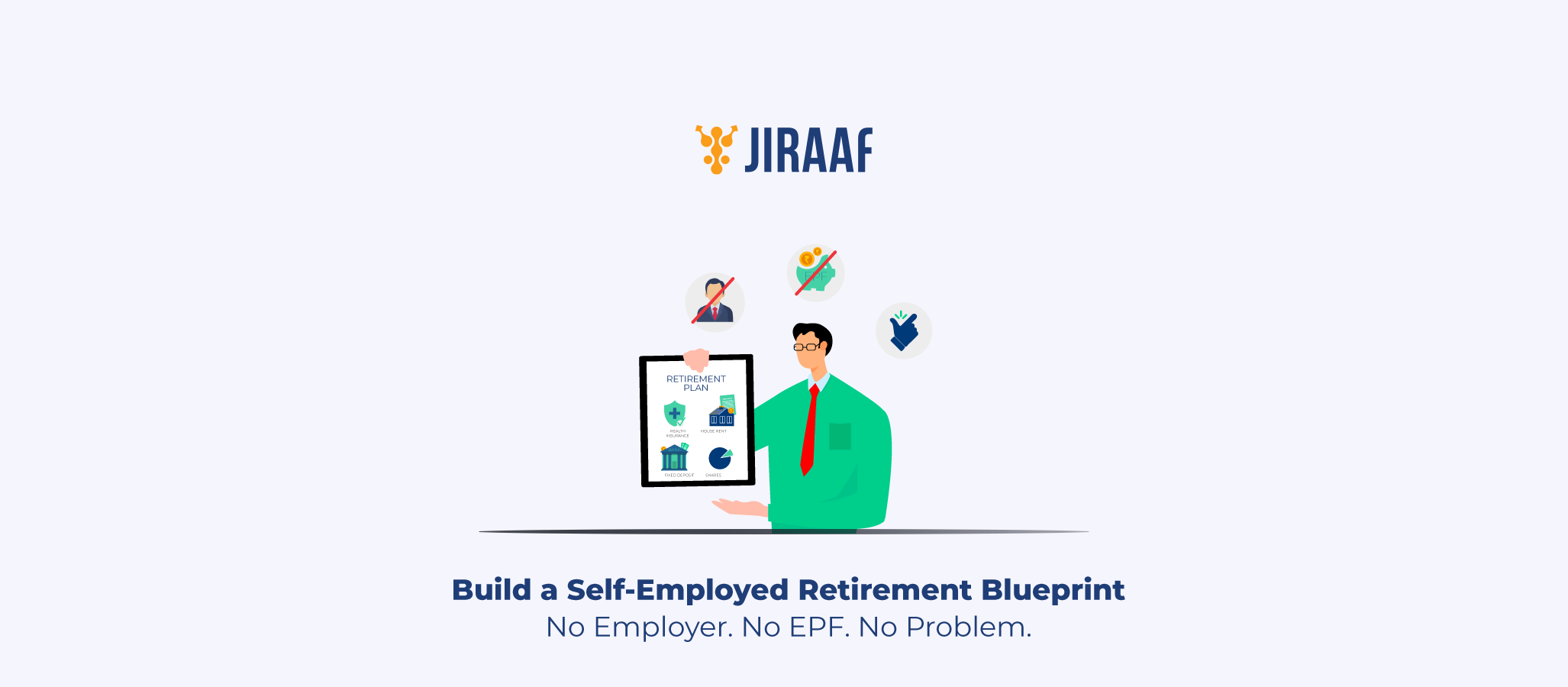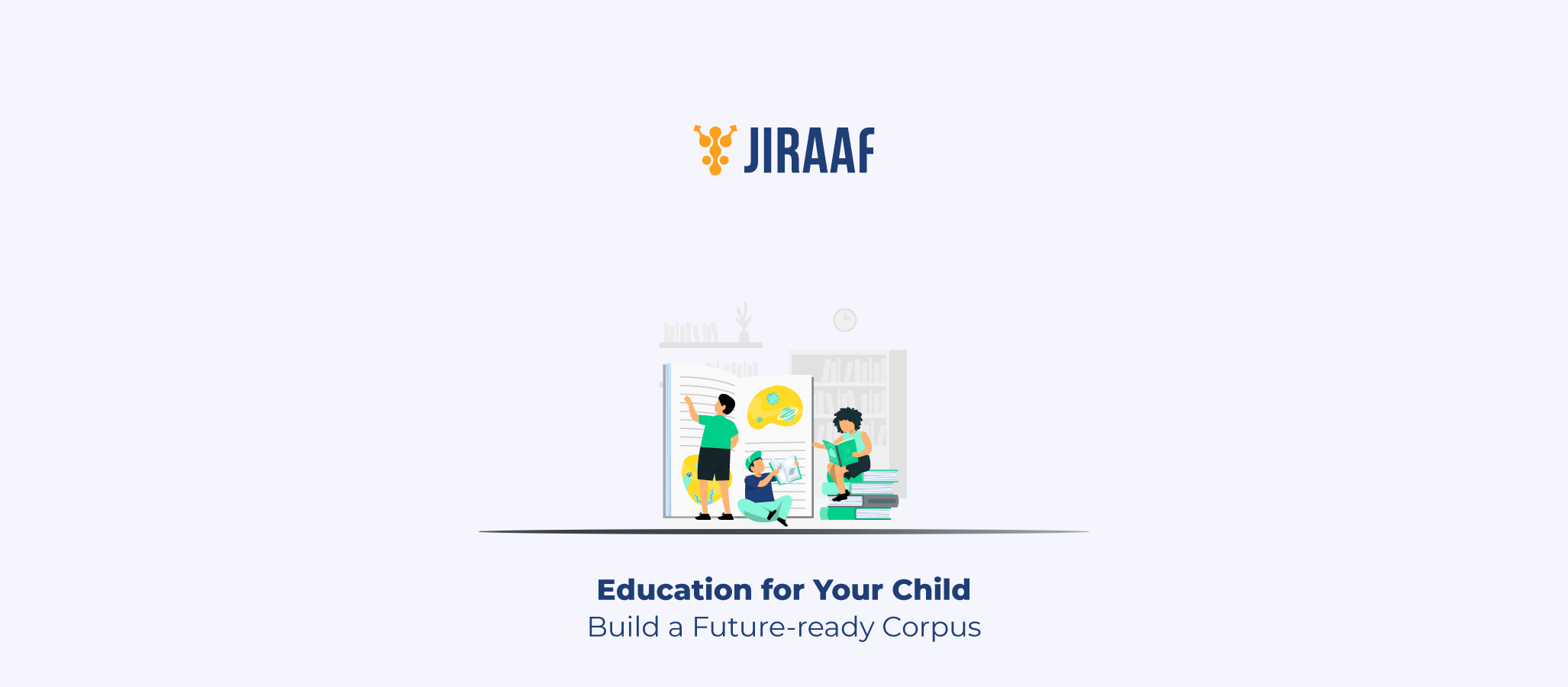Imagine this—you’ve wrapped up your working years, no more Monday blues or performance reviews. Now, it’s time to sit back, sip your tea, and let your money do the heavy lifting. That’s exactly what the Senior Citizens Savings Scheme (SCSS) is built for.
Post your retirement, you can rely on SCSS for your investment goals— a financial cushion, a reward for all the years of your hustle and hard work. With guaranteed returns, tax perks, and peace of mind all rolled into one, SCSS is like that old, comfy armchair you can always count on.
Ready to find out how it works and why it might just be your smartest post-retirement move? Let’s dive in.
What is the Senior Citizens Savings Scheme?
The Senior Citizens Savings Scheme (SCSS) is a government-backed fixed-income savings scheme specifically designed for Indian residents aged 60 years and above. It offers a secure 8.2% return with a fixed tenure of 5 years and an option to extend it for three more years, making it one of the most trusted financial tools for senior citizens.
Administered through post offices and authorized banks, SCSS ensures both capital protection and periodic interest payouts, which are ideal for managing day-to-day expenses during retirement. Unlike market-linked instruments, SCSS carries no risk of capital loss, as it is supported by the Government of India.
It’s particularly suitable for conservative investors looking for predictable returns, easy accessibility, and tax benefits under Section 80C of the Income Tax Act.
SCSS Interest Rate & Payouts: What’s in it for You?
Current Interest Rate
As of April 2025, the interest rate on SCSS is at 8.2% per annum. The government reviews this rate every quarter, so it could go up or down slightly in the coming days—but it usually stays competitive with the other fixed income instruments.
And here’s the cherry on top: once you lock in your money, the rate is fixed for the entire tenure of your account.
Payouts
You don’t have to wait till the end of the year to see your returns. Interest is paid out every three months, straight to your bank account.
Let’s say you invest ₹10 lakhs—you’ll earn around ₹20,500 every quarter. That’s ₹6,833 a month without touching your principal amount. Not bad, right?
So, while the stock market does its dance, you get to sip your chai and watch the returns roll in—steady and stress-free.
SCSS Tenure, Extension & Premature Withdrawal: Know the Rules of the Game
So, you’ve invested in SCSS—amazing. But how long is your money locked in? Can you extend it? What if life throws a curveball and you need the funds earlier?
Let’s clear it all up.
Tenure: The Standard 5-year Plan
When you open an SCSS account, your money is locked in for 5 years. During this period, you keep getting your quarterly interest, but the principal stays put. It’s a great middle ground—long enough to grow, short enough to feel within the reach.
Want More Time? You Can Extend It
Love the returns and don’t want the party to end so soon? You can extend the SCSS for another 3 years after the initial 5 years. Just remember that you have to apply within 1 year after your 5-year period ends.
You will get the interest rate applicable at the time of extension, so it may be different from the original interest.
Premature Withdrawal: Yes, You Can Exit (But…)
Life happens, and sometimes you need your money back early. SCSS allows you to withdraw before 5 years, but there’s a small catch.
- If you withdraw before 2 years, 1.5% of your deposit will be deducted as a penalty.
- If you withdraw it after 2 years but before 5 years, only 1% is deducted.
So, while it’s possible to withdraw early, it’s better to let your investment complete its term unless it’s absolutely necessary.
Tax Benefits & Maximum Deposit in SCSS: All You Need to Know
Alright, you’ve picked a safe investment. But just how much can you put in—and how does it help in terms of taxation? Let’s break it down without the jargons.
Maximum Deposit Limit
You can invest up to ₹30 lakhs under the SCSS. Here’s how it works:
- You can open one or more accounts, but the total investment across all accounts can’t exceed ₹30 lakhs.
- If you’re opening a joint account with your spouse, the entire investment is still counted under the first applicant’s limit.
This cap ensures the scheme remains targeted to retirement savings rather than big-ticket investing.
Tax Benefits
SCSS offers solid tax savings. Let’s see how you can leverage them:
- Your investment qualifies for a deduction of up to ₹1.5 lakh per year under Section 80C of the Income Tax Act. But here’s the catch: the interest earned is fully taxable.
- If your annual interest exceeds ₹50,000, TDS (Tax Deducted at Source) will apply. You can submit Form 15H or 15G if your total income is below the taxable limit to avoid TDS.
So yes, it’s tax-smart going in—but you’ll need to plan a bit for the tax on the returns.
Eligibility Criteria for Senior Citizen Savings Scheme
To invest in the Senior Citizens Savings Scheme, an individual must meet specific criteria defined by the Government of India:
Age Requirement
Primary eligibility: Indian residents aged 60 years or above.
Early retirees: Individuals aged 55 to 60 years who have opted for voluntary retirement (VRS) or superannuation, provided they invest within one month of receiving retirement benefits.
Account Type
There are 2 types of accounts that can be opened:
You could open an individual account, or a joint account with your spouse. In a joint account, only the primary account holder should meet the eligibility criteria.
Non-eligible Individuals
Non-resident Indians (NRIs) and Hindu Undivided Families (HUFs) are not eligible to open an SCSS account.
These criteria ensure that SCSS remains a dedicated financial solution for retirees and senior citizens, offering them safety and income stability during their retirement years.
How to Open an SCSS Account
So, you’ve decided to park some money into the SCSS; now comes the big question: How do you actually open an account? Don’t worry, it’s simpler than you think. Although online options are not available currently, you can do it either at a post office or at a bank. Let’s see how.
Opening an SCSS Account at the Post Office
Love the nostalgia from visiting the post office? Here’s how to get your SCSS account started there:
- Visit your nearest post office with your documents and request an SCSS application form.
- Fill out all the required details in the form; it’s short and straightforward.
- Don’t forget to bring these documents along with you:
- Proof of age (like Aadhaar, PAN, or Voter ID)
- Address proof
- Passport-size photographs
- A cheque or cash (up to ₹1 lakh) to make your first deposit
Submit, and you’re done. You’ll get a passbook for your SCSS account, just like a savings account but for your retirement peace of mind.
Opening an SCSS Account at the Bank
Don’t prefer going to post offices for opening accounts? No problem! Most major banks like SBI, HDFC, ICICI, and others, offer SCSS accounts too.
- Visit your preferred bank branch.
- Ask for the SCSS application form—the staff will usually help you fill it out.
- Carry the same set of documents as mentioned above.
- Hand over your documents and initial deposit.
Once processed, the bank will provide the account details and issue your SCSS passbook.
Bonus tip: Some banks also offer online tracking for SCSS interest and balance—super handy if you like keeping tabs digitally.
Who Should Invest in SCSS?
Here’s how to know if you (or someone you know) should consider parking money here.
You’re 60+ and Want Guaranteed Returns
If you’ve retired or are about to retire, and you’re looking for something that gives regular, guaranteed income without any stock market drama—SCSS is made for you. It’s safe, predictable, and pays quarterly, which is perfect for covering day-to-day expenses.
You Don’t Like Taking Risks
If you’re the kind of person who prefers a calm stroll over a rollercoaster ride (financially speaking), SCSS is right up your alley. It’s government-backed, so you don’t have to lose sleep over market crashes or fund managers making bold bets with your hard-earned money.
Pros and Cons of SCSS: What You’ll Love (and What You Should Know Before You Invest)
Every investment has its pros and cons—even the super-safe ones:
| PROs | CONs |
| The scheme is backed by the Government of India, offering strong safety and reliability. | The interest earned is taxable, and TDS is deducted if annual interest exceeds ₹50,000. |
| It offers an attractive interest rate of 8.2% per annum, higher than most traditional savings options. | The scheme comes with a 5-year lock-in period, and early withdrawal attracts penalties. |
| Interest is paid out quarterly, ensuring a regular and predictable income stream. | The maximum investment allowed is ₹30 lakhs per individual, which may limit high-value investors. |
| Investments of up to ₹1.5 lakh qualify for tax deductions under Section 80C of the Income Tax Act. | Returns are fixed and not linked to market performance, limiting potential for higher gains. |
| After the initial 5-year term, the scheme can be extended for an additional 3 years. | – |
Bottom Line: Retirement Planning Doesn’t Have to Be Rocket Science
You don’t need a finance degree, a stockbroker bestie, or late-night Google spirals to figure out your retirement plan. You just need a safe place to park your savings, something that grows a little and gives back regularly—and SCSS checks those boxes without any drama.
So, whether you’re planning your own retired life or helping someone else enjoy theirs, think of SCSS as the financial version of that perfect cup of chai: warm, comforting, and reliably good—every single time.
FAQs
What happens if the account holder passes away?
If the SCSS account holder passes away, the account doesn’t just vanish into the ether. The nominee (appointed at the time of opening the account) or legal heir can claim the deposited amount along with any unpaid interest. They’ll need to submit a few documents like the death certificate and ID proof. Once verified, the funds are released smoothly.
Can NRIs invest in SCSS?
No, Non-Resident Indians (NRIs) are not eligible to invest in the Senior Citizen Savings Scheme (SCSS). If you’re an NRI seeking safe investment avenues in India, consider options like Non-Resident External (NRE) or Non-Resident Ordinary (NRO) fixed deposits, or explore mutual funds tailored for NRIs. These alternatives can offer both safety and returns suitable for your financial goals.
Is it possible to transfer an SCSS account?
Yes, you can transfer your SCSS account between banks and post offices. The process involves submitting a transfer application at your current institution, which will then forward the necessary documents to the new institution. Once the transfer is processed, your account continues seamlessly at the new location.
What are the penalties for premature withdrawals?
If you need to withdraw your SCSS funds before the 5-year maturity, you totally can—but there’s a small price to pay. If you withdraw before 2 years, a 1.5% deduction from the deposit amount. If you withdraw after 2 years but before 5 years you incur a 1% deduction.
How can one check their SCSS account balance?
If it’s with a bank, just log in to your bank’s internet banking or mobile app. Most banks list SCSS under your deposit accounts. If it’s with a post office, use the India Post Internet Banking portal or mobile app (after registration). Or walk into your bank or post office and ask for a passbook update or account statement.
Discover fixed income investments with Jiraaf, a SEBI registered online bonds platform that educates and brings access to a wide array of bonds. Sign up today to explore diversified fixed income investment opportunities to support your goal-based wealth creation journey. Start investing!



